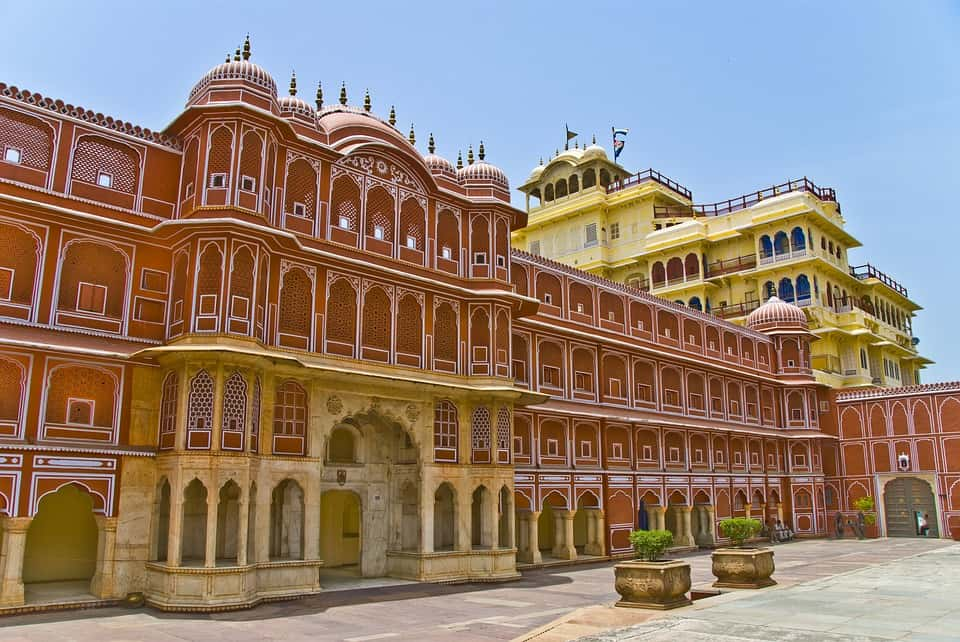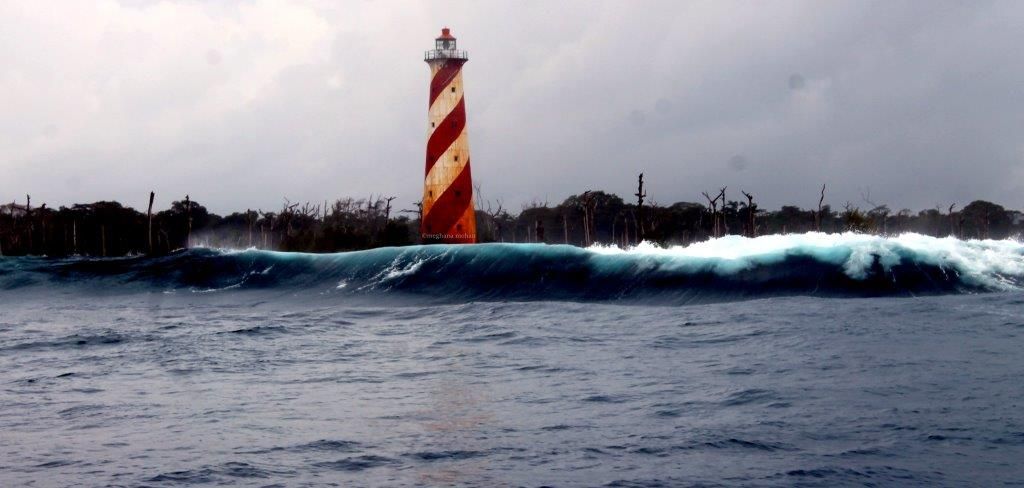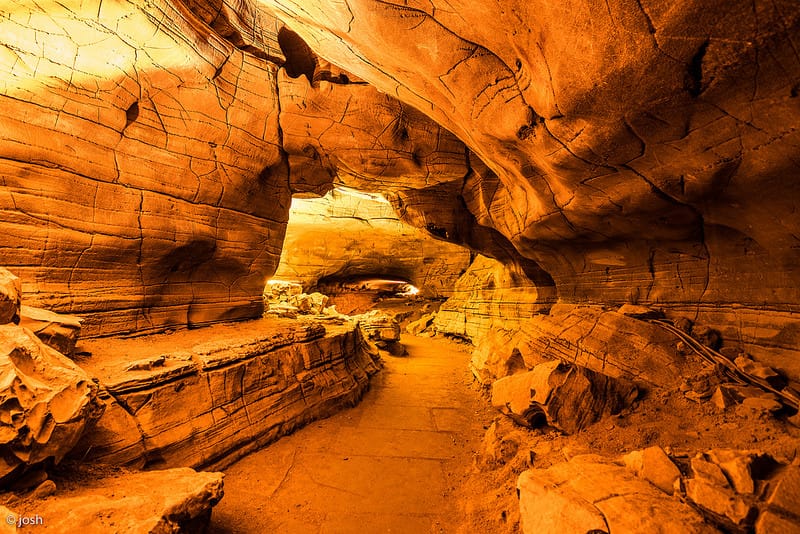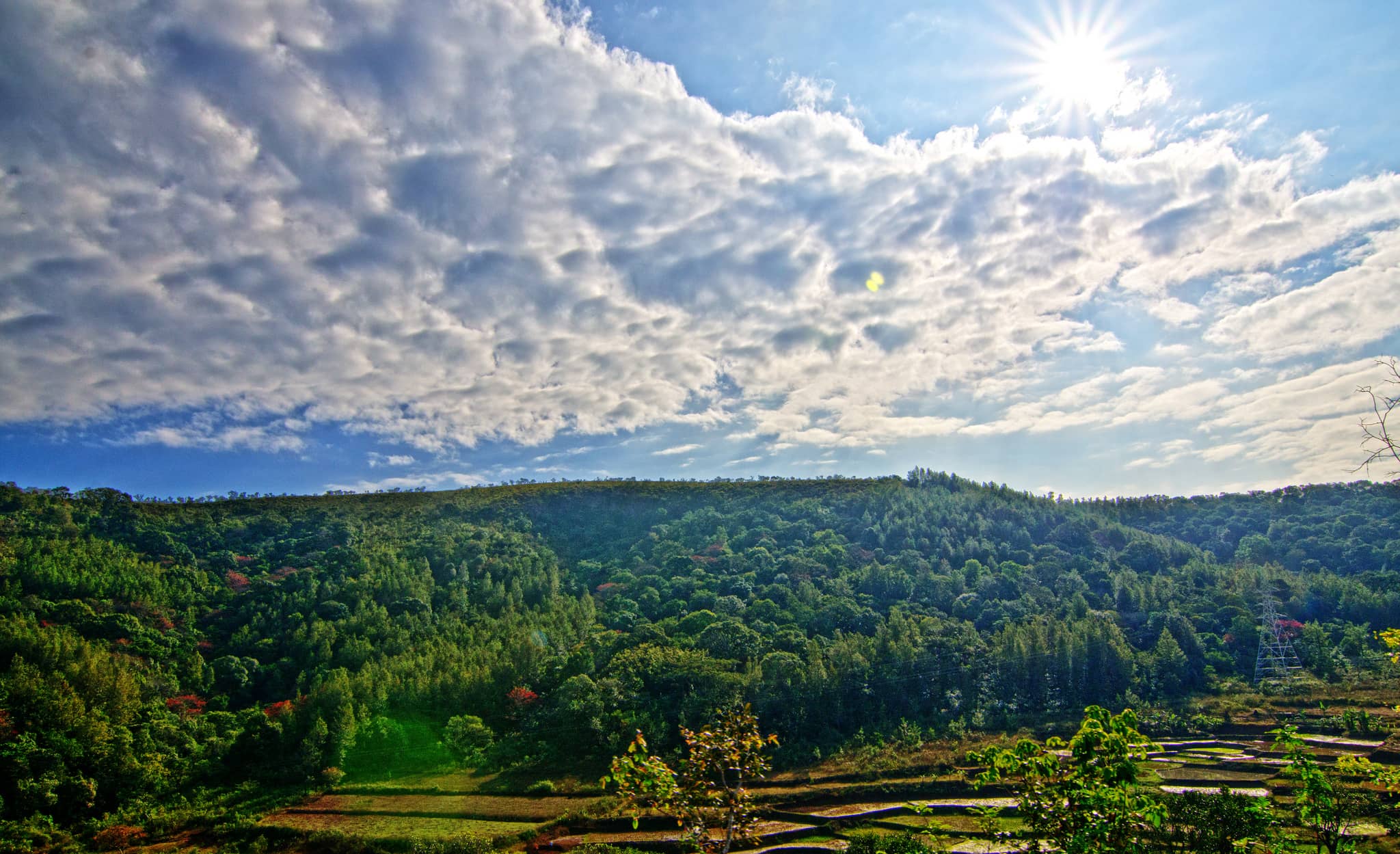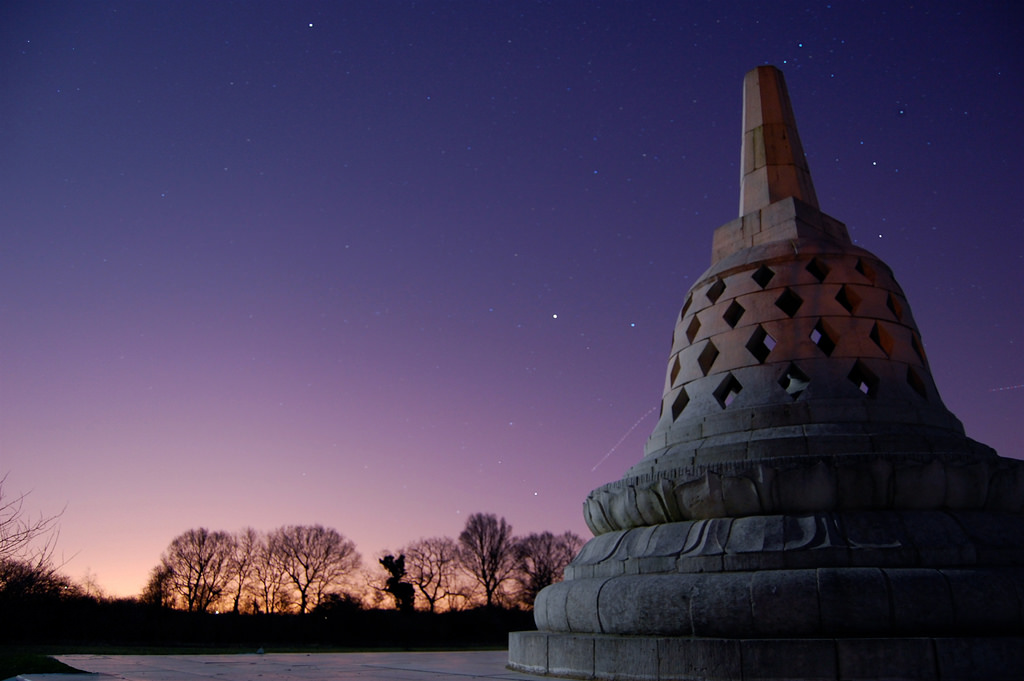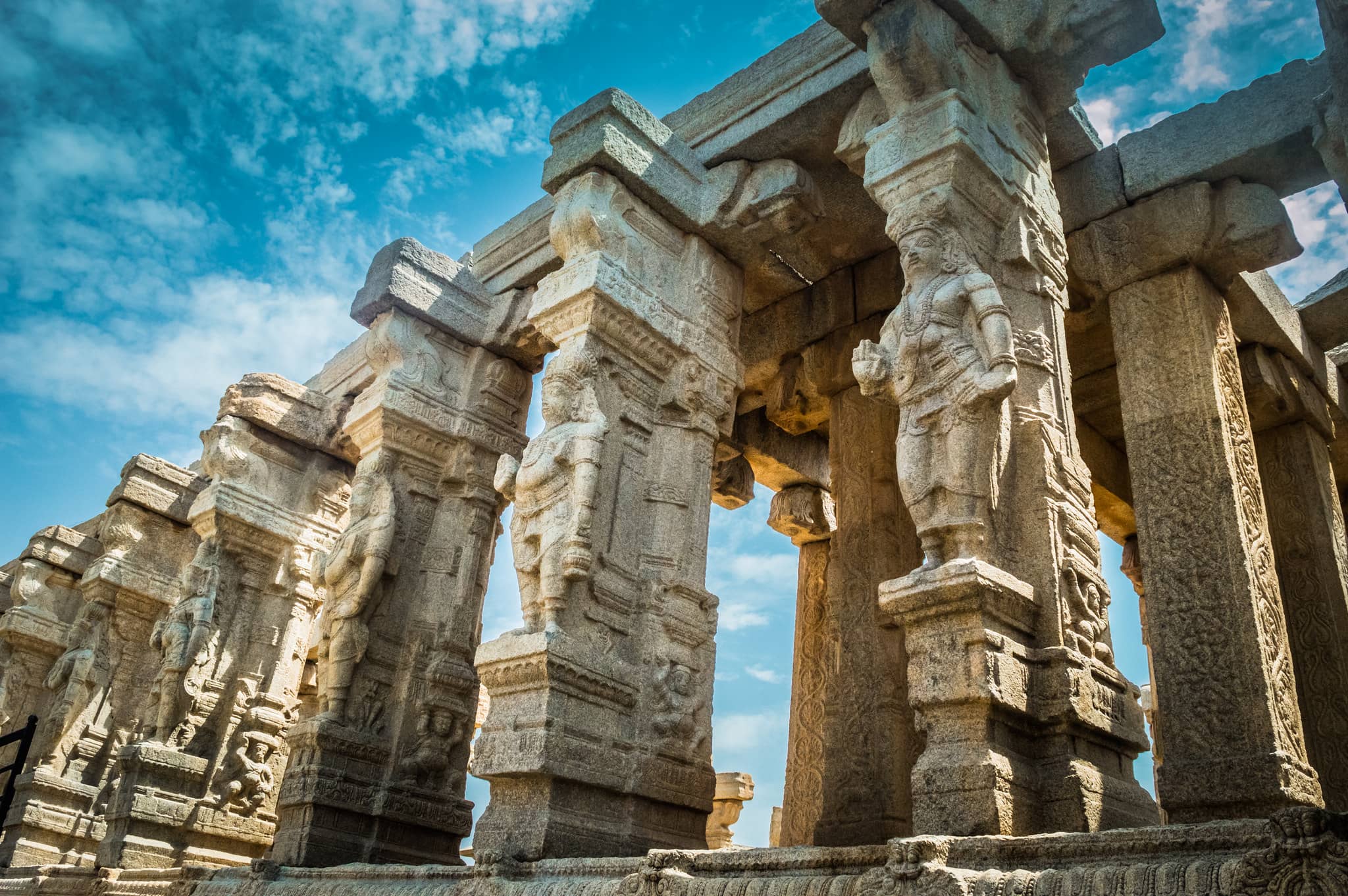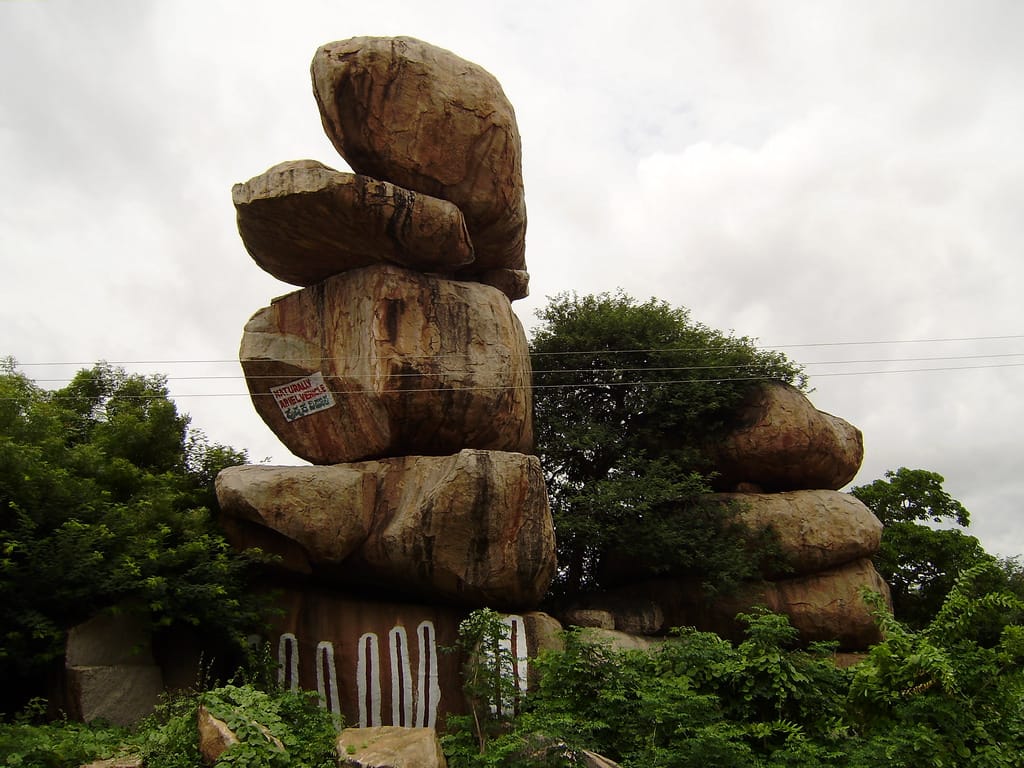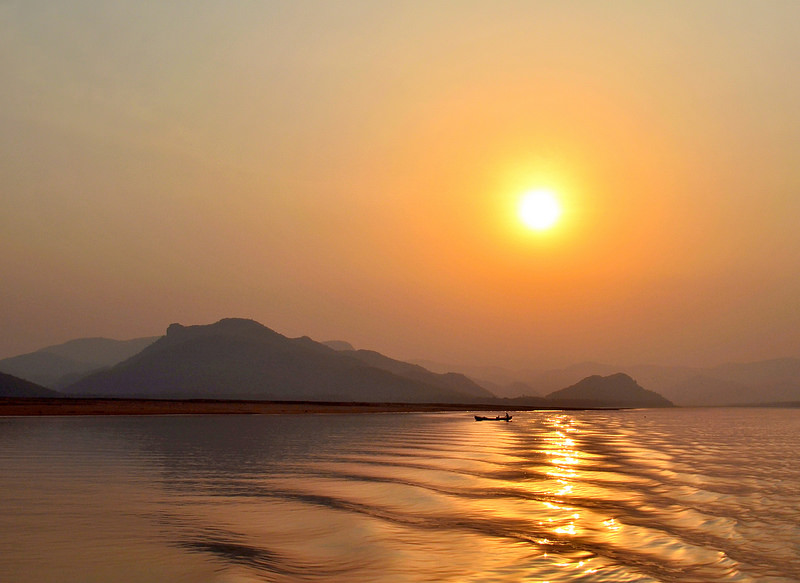Jaipur is the capital city of Rajasthan, India. It was founded in 1727 and is often called the “Pink City” because of its distinctive pink-colored buildings. At the heart of the city stands the grand City Palace, which includes gardens, courtyards, and museums. Some parts of the palace are still home to the royal family. Across from the City Palace is Jantar Mantar, a historical open-air observatory built in the early 1700s. Close by is the Hawa Mahal, a beautiful five-story building made of pink sandstone, once used as a space for royal women.
A few kilometers from the city, visitors can ride elephants up to Amer Fort, a grand fort known for its beautiful wall carvings and artwork. On the way to the fort, many stop by Man Sagar Lake to take pictures of Jal Mahal, a palace that appears to float in the water.
places to visit in Jaipur
Amer Fort
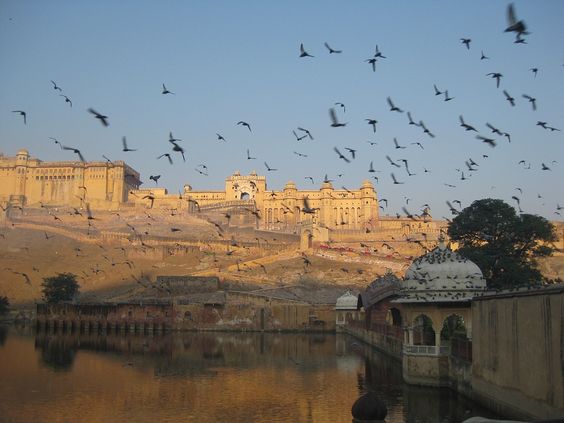
Amer Fort is located in Amer, Rajasthan, about 11 kilometers from Jaipur. It sits on a hill and is one of the main attractions in Jaipur. Known for its impressive architecture and history, it offers beautiful views of the surrounding area.
Hawa Mahal
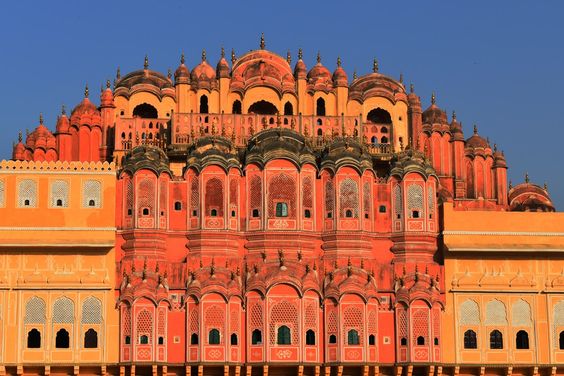
Hawa Mahal is a stunning palace in Jaipur made of red and pink sandstone. It is located near the City Palace and was designed for royal women to observe life in the streets below through its many windows and screens.
City Palace
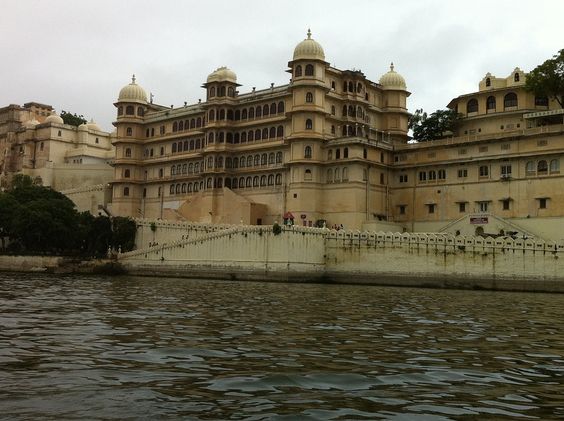
The City Palace in Jaipur is a large and beautiful complex that includes the Chandra Mahal, Mubarak Mahal, and several other buildings. It’s the royal residence and also houses museums and courtyards that reflect Jaipur’s rich history.
Jantar Mantar
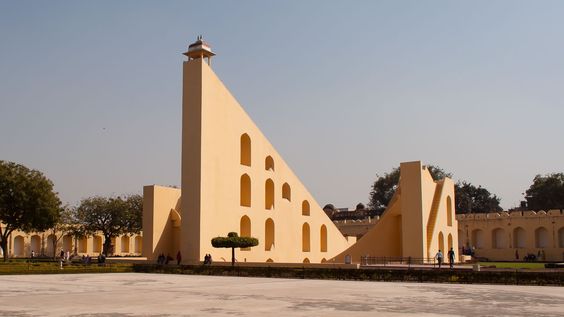
Jantar Mantar in Jaipur is an astronomical observatory built in 1734 by King Sawai Jai Singh II. It has 19 large instruments used to measure time, track celestial bodies, and study astronomy.
Jaigarh Fort

Jaigarh Fort is perched on a hill in Jaipur and offers a great view of the Amber Fort and Maota Lake. It was built to protect the Amer Fort and is known for its impressive architecture and history.
Jal Mahal
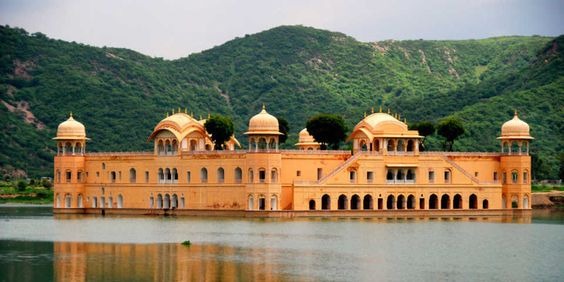
Jal Mahal is a palace located in the middle of Man Sagar Lake in Jaipur. Renovated in the 18th century by Maharaja Jai Singh II, it appears to float on the lake and is a popular photo spot for visitors.
Nahargarh Fort

Nahargarh Fort is on the Aravalli Hills overlooking Jaipur. Along with Amer and Jaigarh Forts, it was part of the defense system for the city. The fort offers panoramic views of Jaipur and its surroundings.
Albert Hall Museum
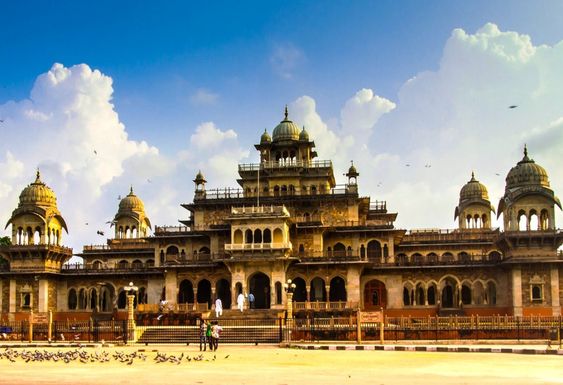
The Albert Hall Museum is the oldest museum in Rajasthan. Located in Jaipur, it showcases the state’s rich history, including art, sculptures, and textiles, making it a significant cultural landmark.
Birla Mandir
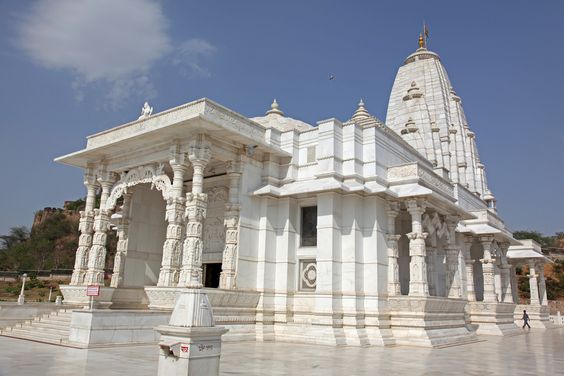
Birla Mandir in Jaipur is a Hindu temple made of white marble. Located at the base of Moti Dungari Hill, it is known for its impressive architecture and peaceful surroundings.
Sheesh Mahal
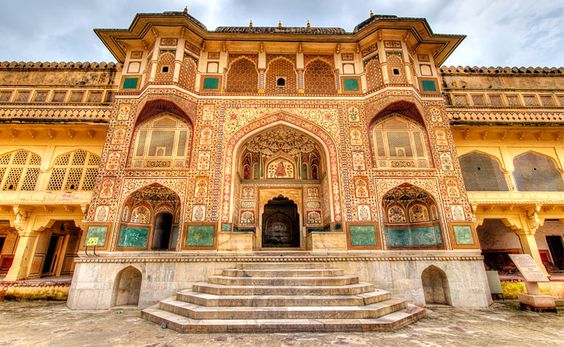
Sheesh Mahal, located within Amer Fort, is famous for its intricate mirror work. This beautiful pavilion was designed for the royal family to relax and is one of the highlights of the fort.
Best time to visit Jaipur
The best time to visit Jaipur is during the winter season, from November to February. This is when the weather is dry, warm, and pleasant, making it perfect for sightseeing. However, since this is the peak tourist season, hotel prices are higher, and some popular places may be fully booked.
Jaipur experiences extreme heat during the summer months, from March to July, with temperatures often exceeding 45°C. The heat, dust, and pollution can make it difficult to enjoy the city, so it’s best to avoid visiting during this time. If you do visit in summer, ensure your hotel has air conditioning and stay hydrated.
The monsoon season is brief but intense, with occasional rainfall. While it’s not as hot as summer, it can still be humid and not ideal for outdoor activities. Therefore, winter remains the most favorable time to explore Jaipur.
